Placing Different Types of Futures Orders
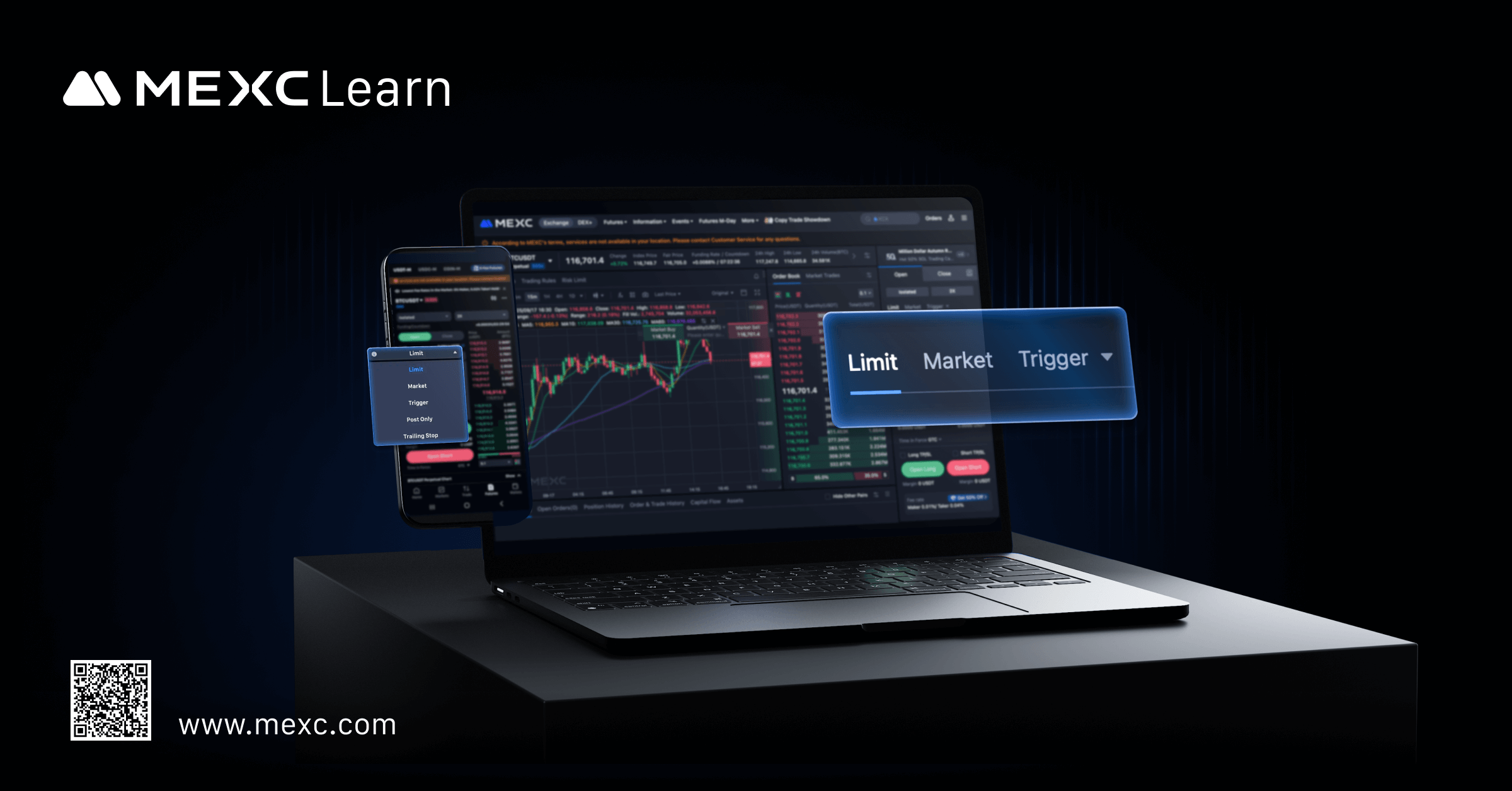
1. Limit Order
1.1 Definition
1.2 Advantages and Disadvantages
- No Slippage: Your execution price will never be worse than the limit you set, helping you control entry costs with precision.
- Maker Role: If your order does not immediately match with existing ones but stays in the order book, you often benefit from lower maker fees.
- Execution is not guaranteed, as it depends on market conditions.
- Orders may remain pending for some time before being filled.
1.3 Use Cases
1.4 Time-in-Force Options
- GTC (Good Till Canceled): The order remains active until it is either fully executed or manually canceled.
- IOC (Immediate or Cancel): The order will attempt to execute immediately. Any portion that cannot be filled at the specified price will be canceled.
- FOK (Fill or Kill): The order must be filled in full immediately at the specified price. If not, it will be canceled entirely.
1.5 How to Place a Limit Order
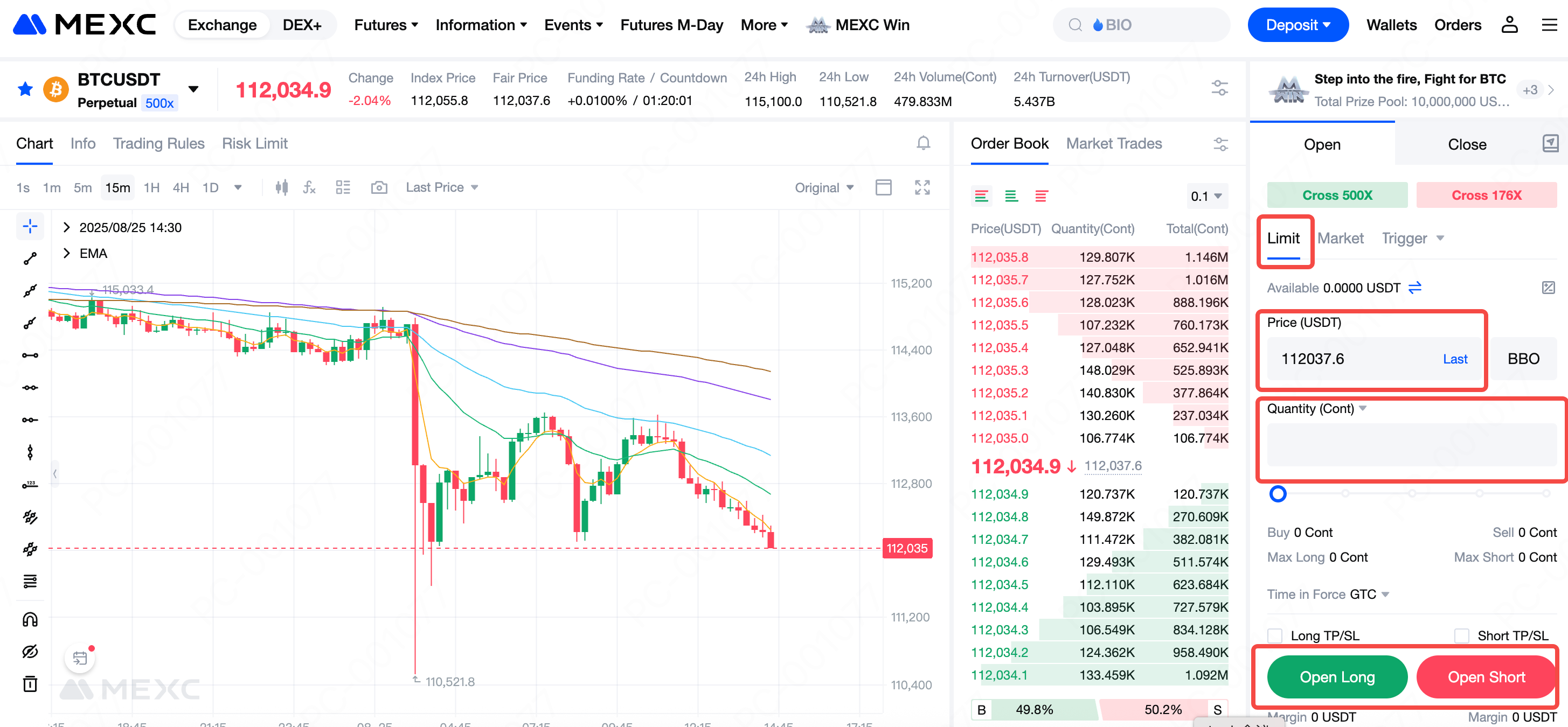
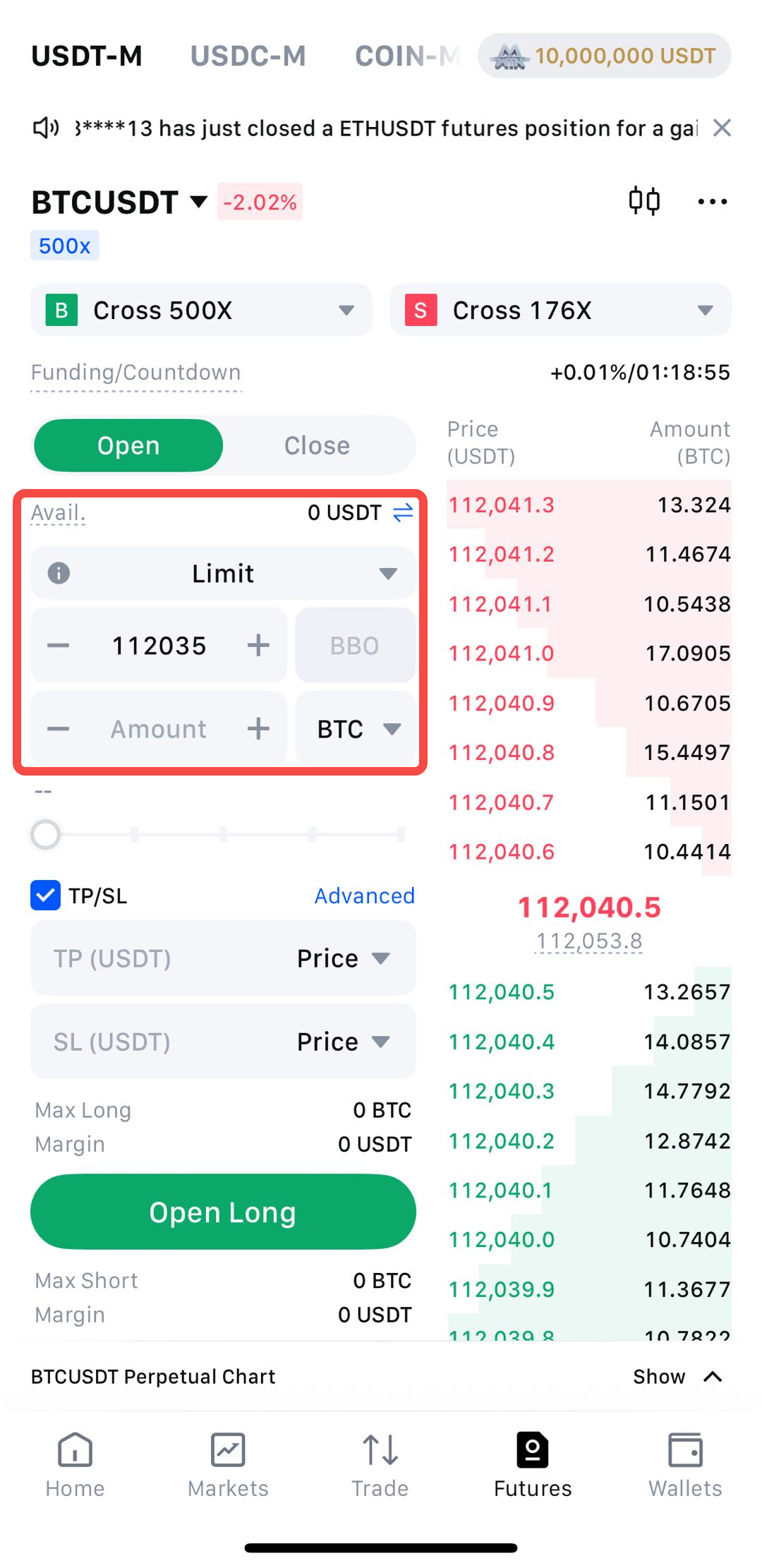
2. Market Order
2.1 Definition
2.2 Advantages and Disadvantages
- Advantages: A market order does not require the user to set a price, allowing the order to be executed quickly.
- Disadvantages: While market orders ensure rapid execution, they cannot guarantee the execution price. Market prices may fluctuate rapidly, resulting in slippage compared to the expected price. To mitigate this risk, you can enable the Price Protection feature on MEXC, which helps prevent abnormal stop-loss or take-profit triggers during periods of extreme volatility.
2.3 Use Cases
2.4 How to Place a Market Order
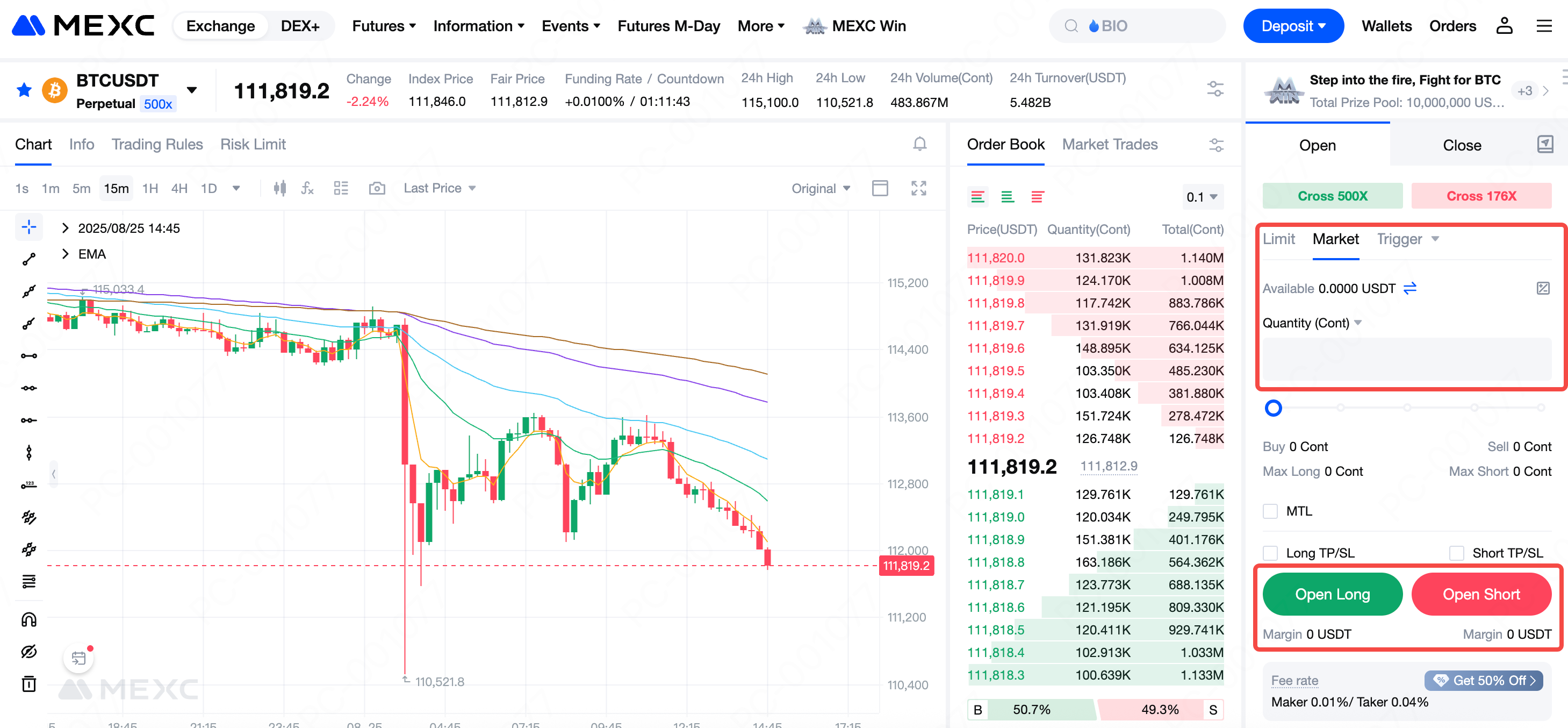
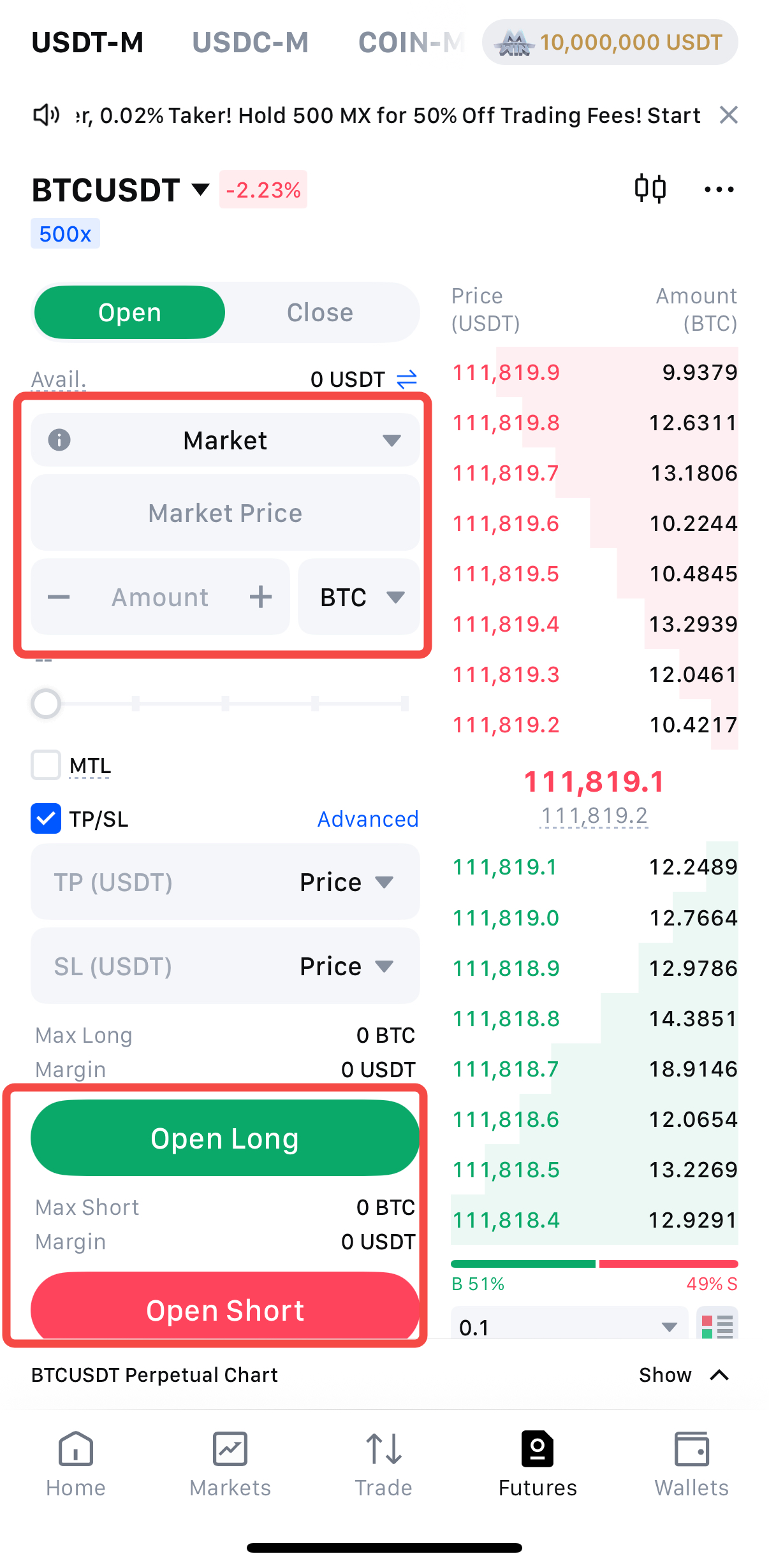
3. Trigger Order
3.1 Definition
3.2 Advantages and Disadvantages
- Advantages: Trigger orders reduce the need for constant monitoring, allowing users to plan entry and exit points in advance. They help secure profits or limit losses during trading.
- Disadvantages: A Trigger order may not always be successfully triggered due to position limits, insufficient margin, or market conditions.
3.3 Use Cases
3.4 Three Price Types
- Last Price: The most recent transaction price in the MEXC Futures order book.
- Fair Price: A protective mechanism introduced to prevent losses caused by abnormal price fluctuations on a single platform. It is calculated using weighted price data from major exchanges and reflects the market price more fairly.
- Index Price: Calculated by MEXC based on spot prices from multiple leading exchanges, with different weightings applied.
3.5 How to Place a Trigger Order
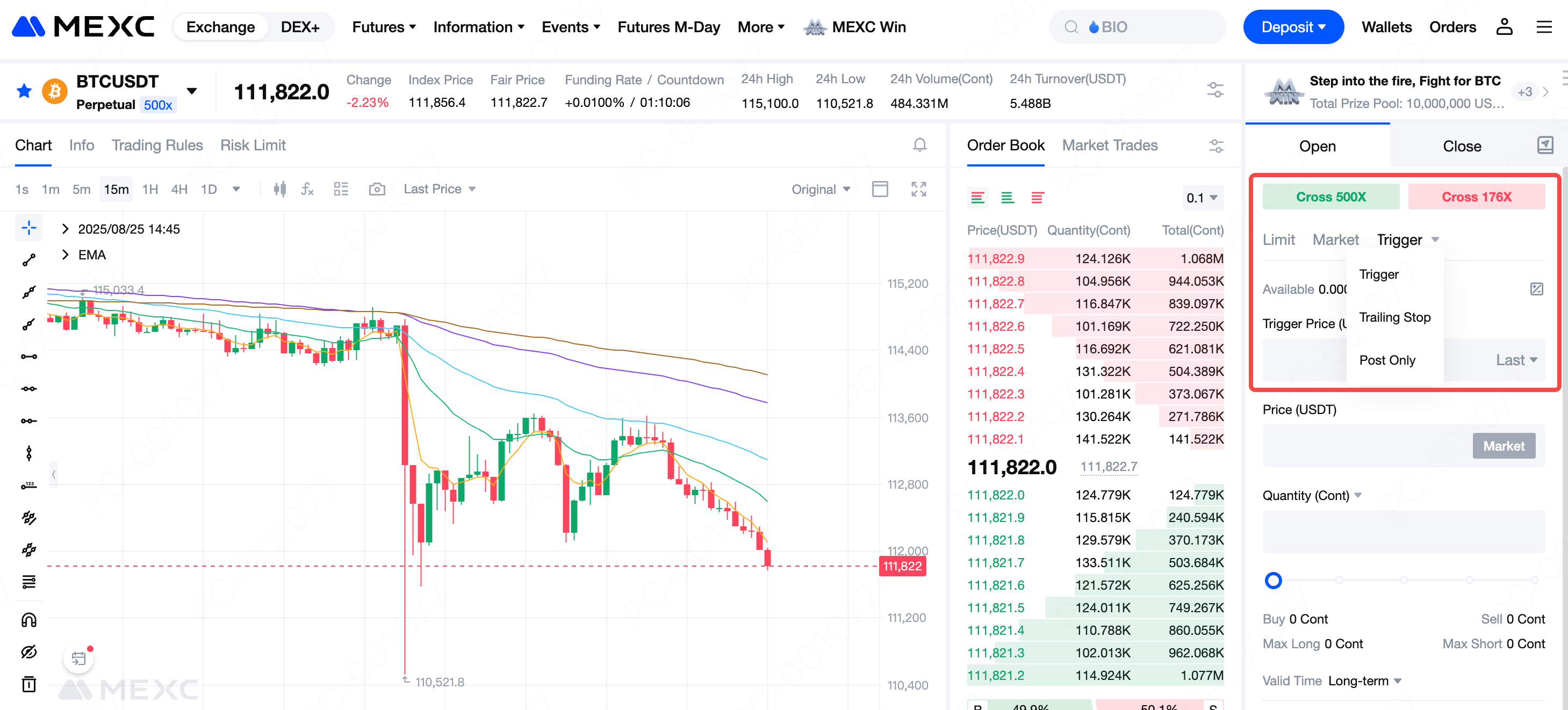
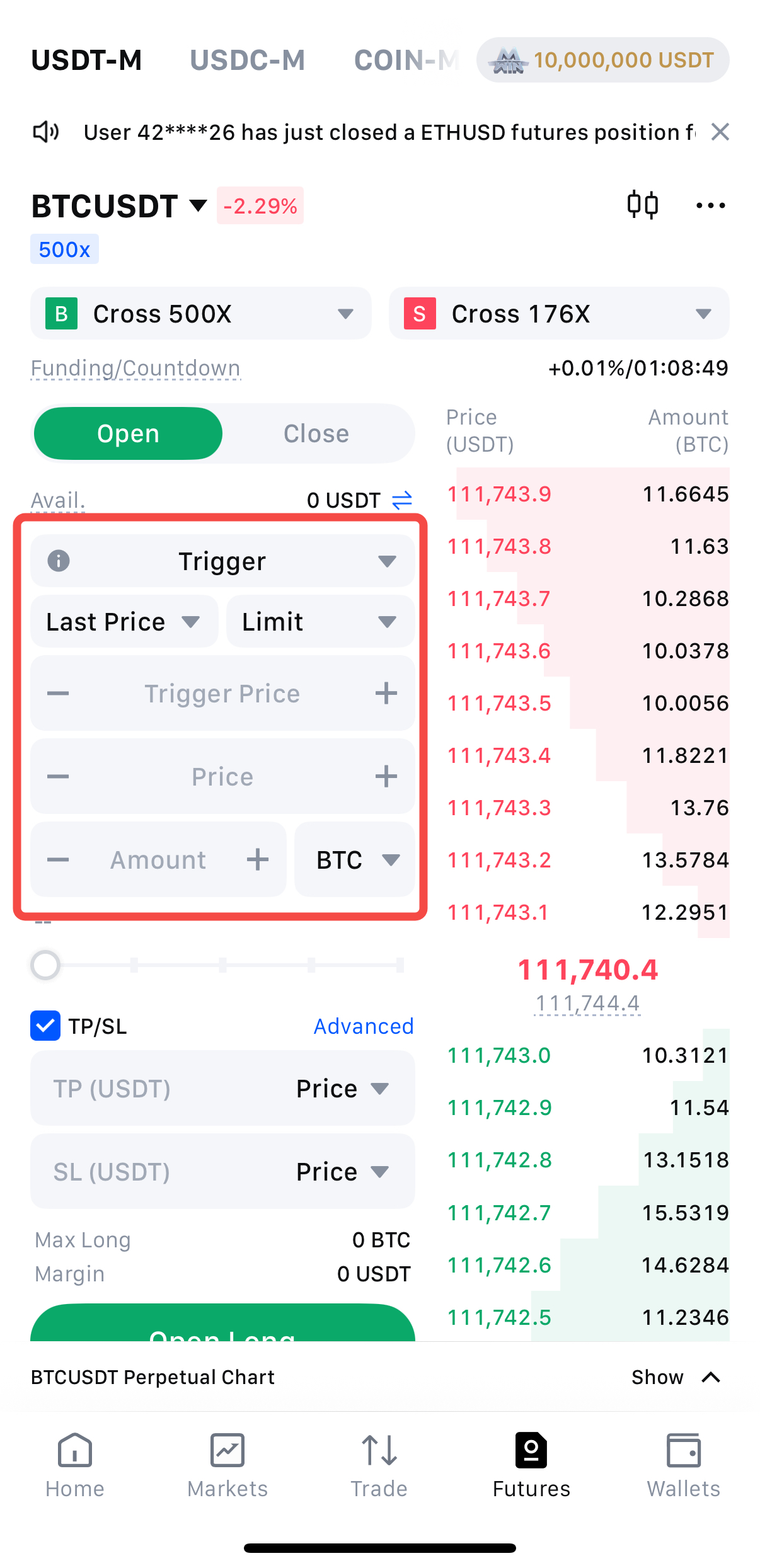
4. Trailing Stop Order
4.1 Definition
- Trigger Price = Highest Price Reached – Trail Variance (Price Distance)
- Trigger Price = Highest Price Reached × (1 – Trail Variance % (Ratio)
- Trigger Price = Lowest Price Reached + Trail Variance (Price Distance)
- Trigger Price = Lowest Price Reached × (1 + Trail Variance % (Ratio)
4.2 Advantages and Disadvantages
- Advantages: Provides better control over profits and allows traders to replicate trading strategies more systematically.
- Disadvantages: The cryptocurrency market is highly volatile, making it challenging to set an appropriate callback (trail) ratio.
4.3 Use Cases
4.4 How to Place a Trailing Stop Order
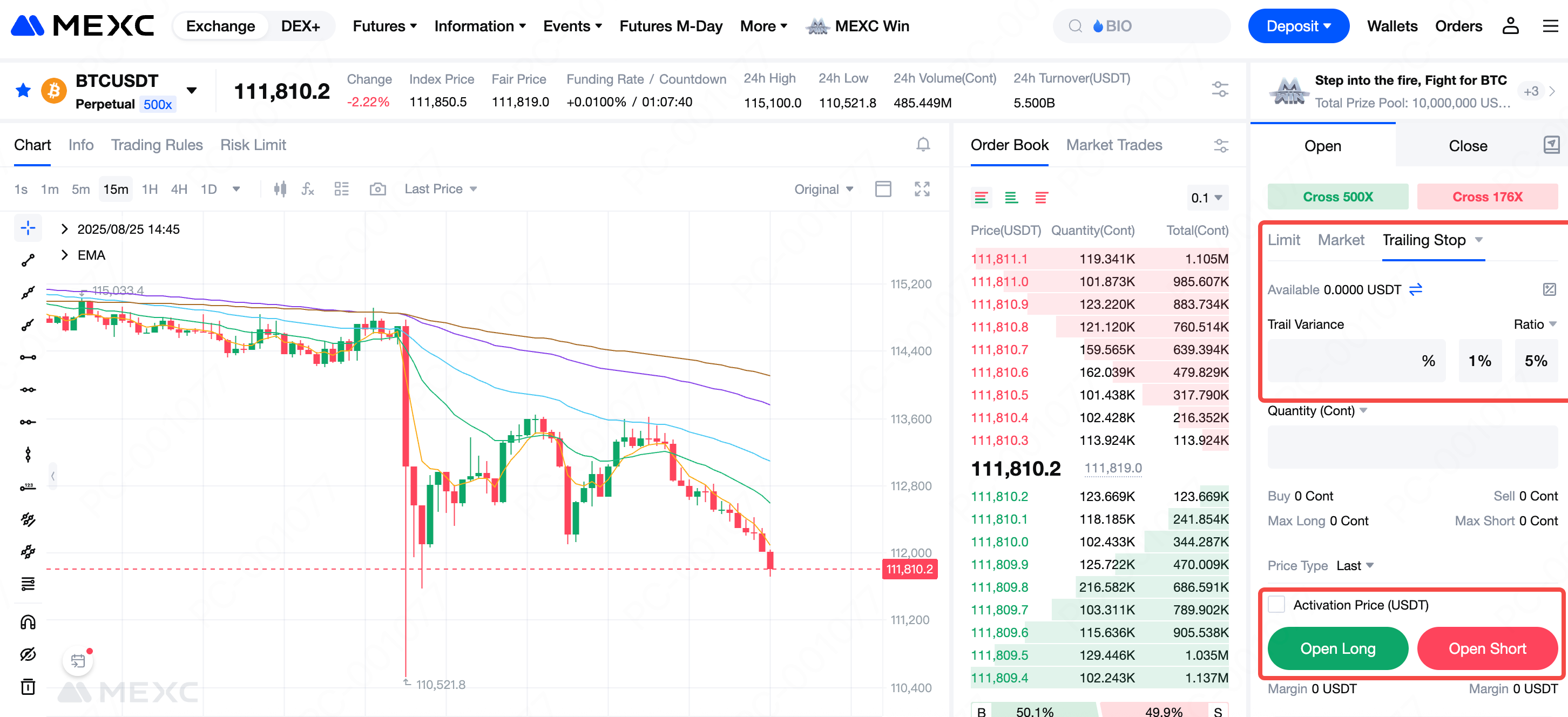
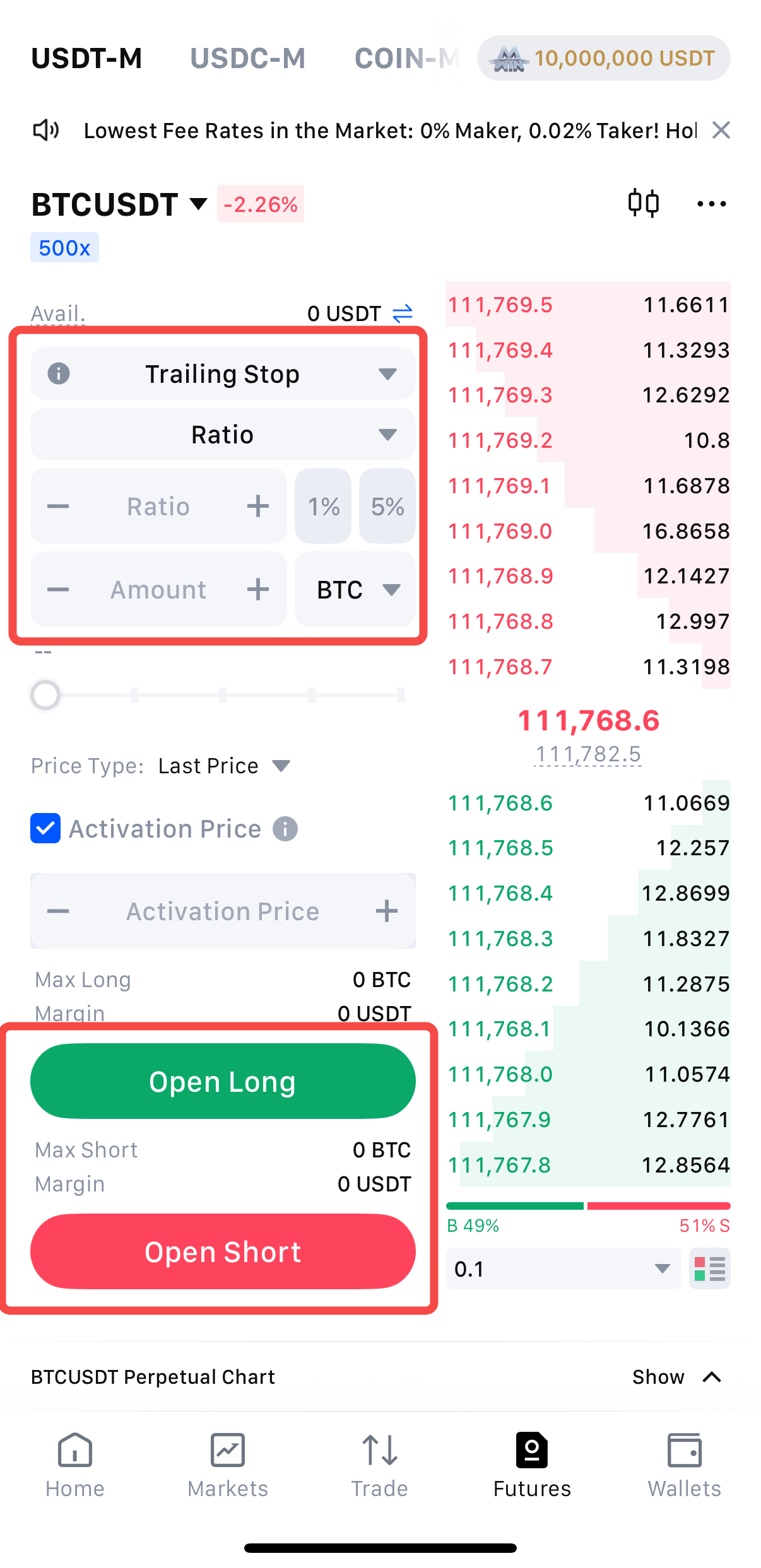
5. Post Only
5.1 Definition
5.2 Advantages and Disadvantages
- Advantages: In MEXC Futures trading, Maker orders have a much lower fee rate compared to Taker orders. Using Post Only guarantees that you always pay 0% fees.
- Disadvantages: Since Post Only places pending orders rather than taking existing ones, there is no guarantee of immediate execution.
5.3 Use Cases
5.4 How to Place a Post Only Order
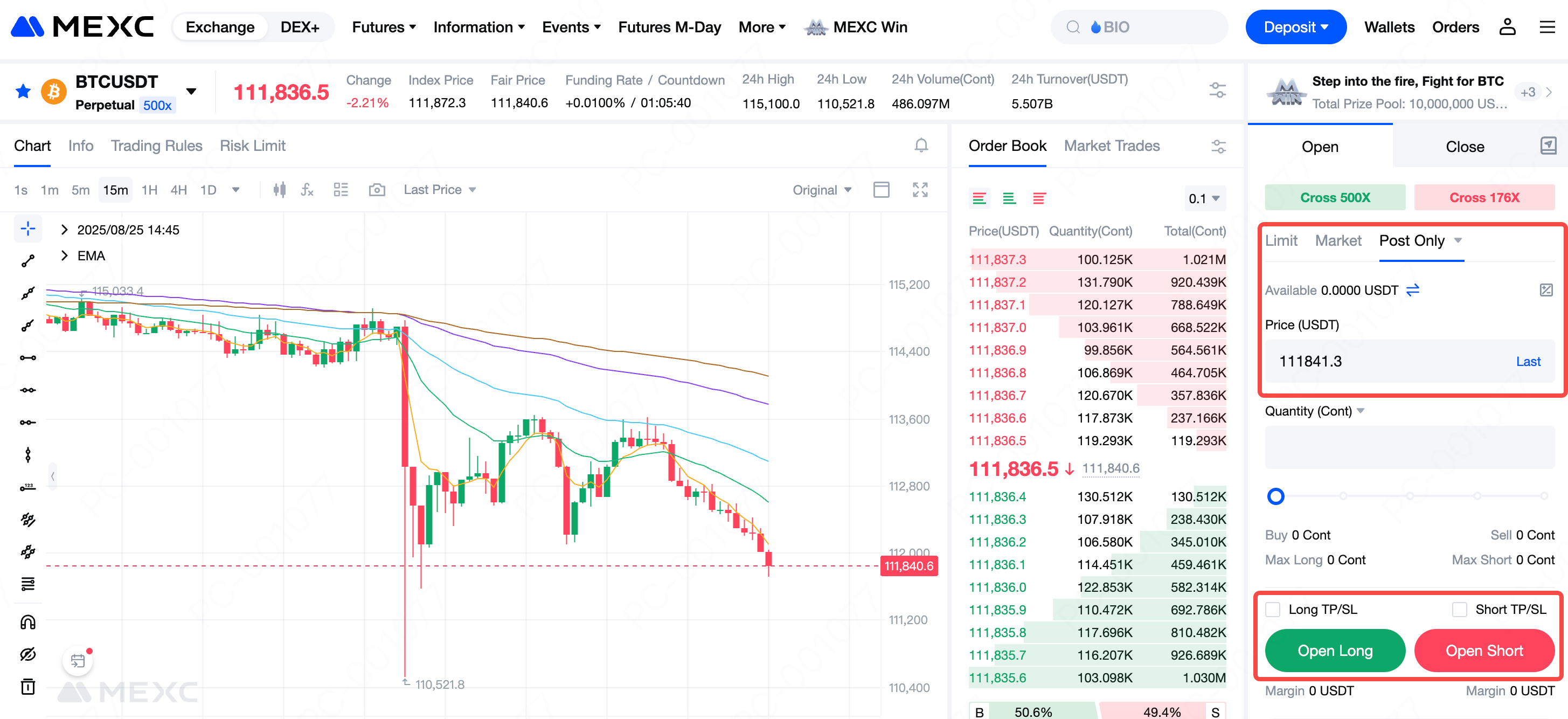
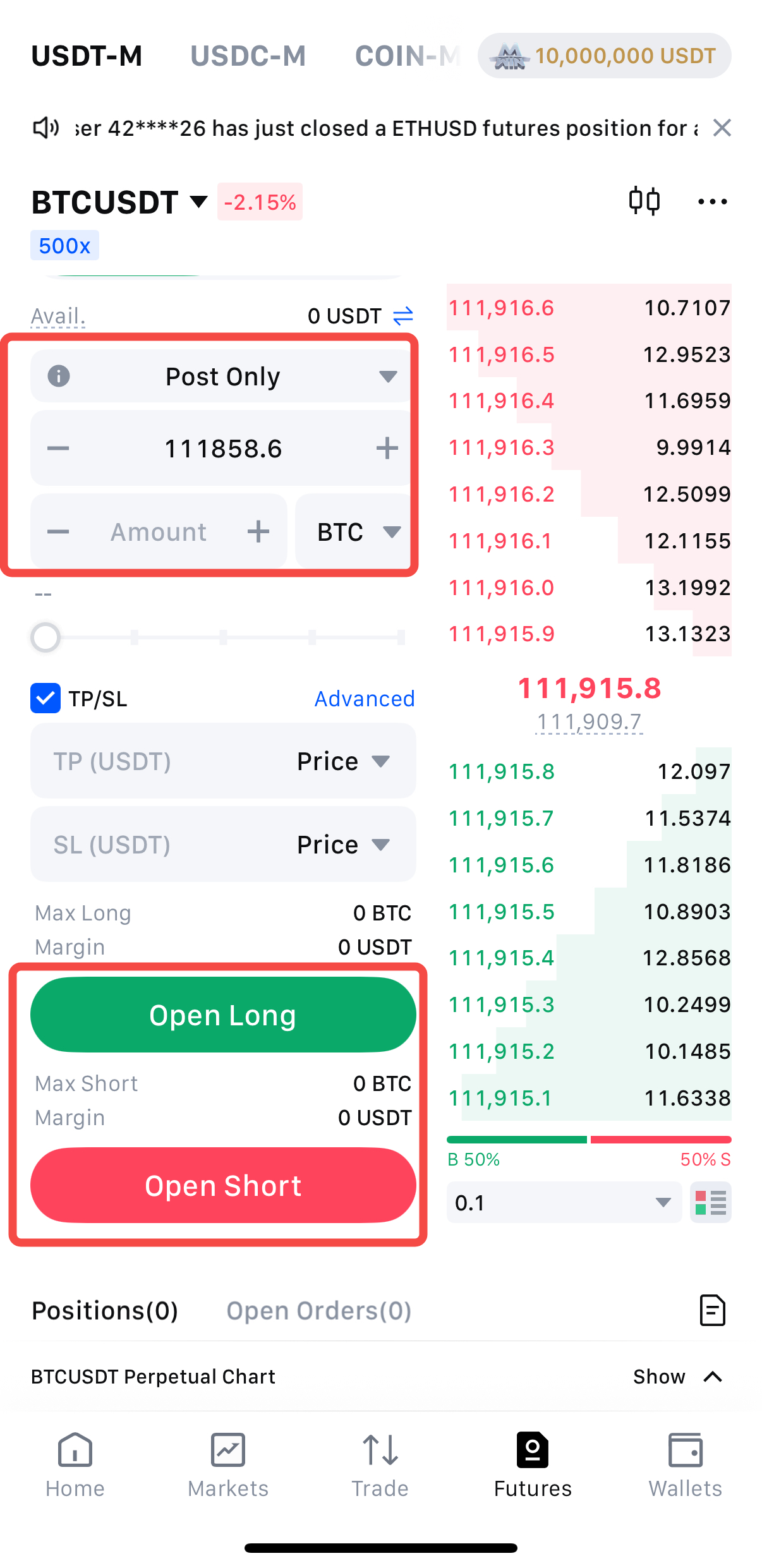
6.1 Definition
6.2 Advantages and Disadvantages
- Faster Execution: A Chase Limit Order allows execution at the real-time market price within a set protection limit, maximizing the chances of a quick fill.
- Capture Market Opportunities: Enables traders to react swiftly to market volatility and seize favourable price movements.
- Price Uncertainty: The executed price may differ from expectations. Buy orders could fill at higher prices or sell orders at lower prices than intended.
- Slippage Risk: During sharp price movements, the actual execution price may deviate significantly from the initial expected price, resulting in slippage.
6.3 Use Cases
6.4 How to Place a Chase Limit Order
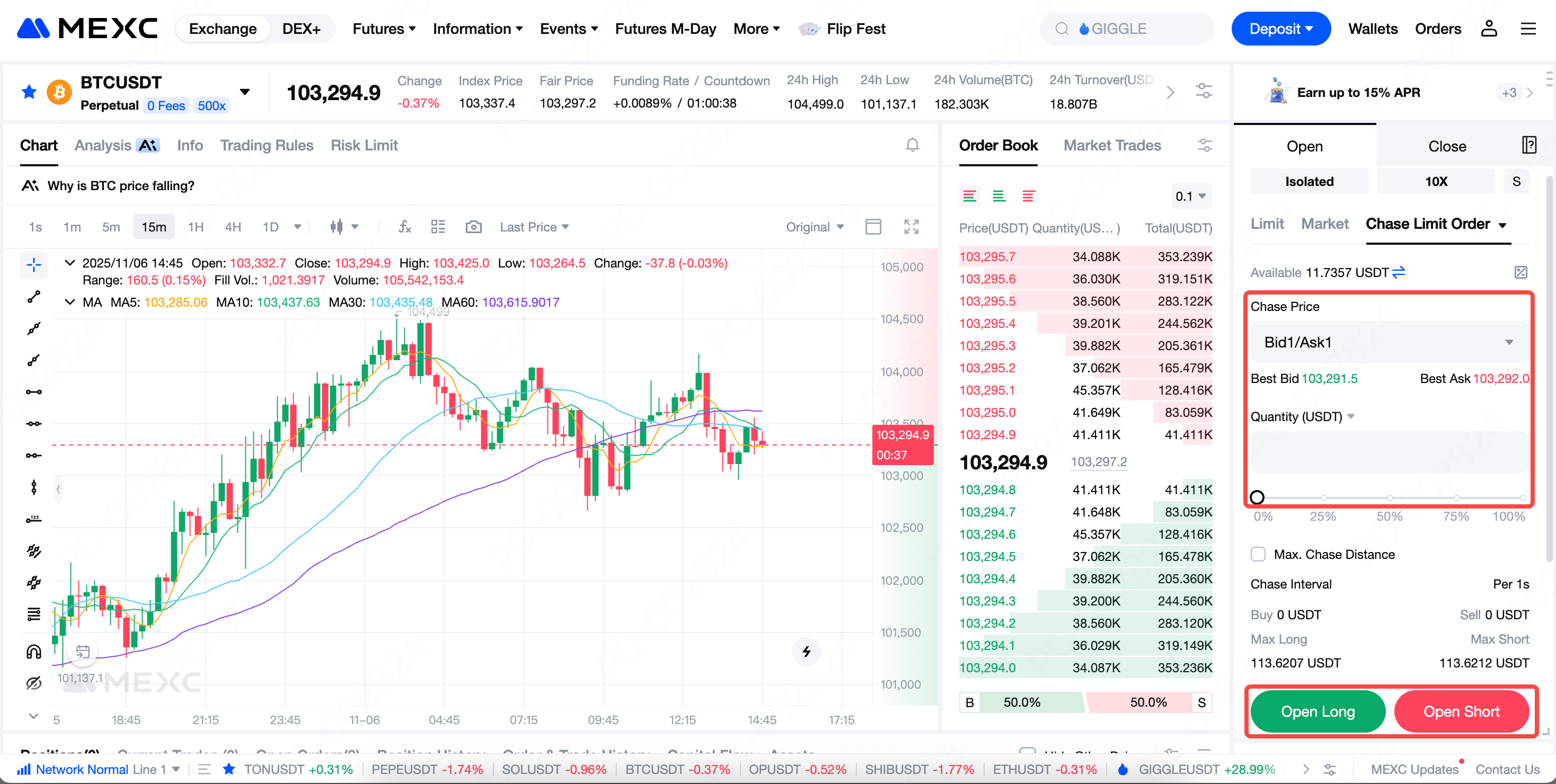
Recommended Reading:
- Why Choose MEXC Futures? Gain deeper insight into the advantages and unique features of MEXC Futures to help you stay ahead in the market.
- MEXC Futures Trading Tutorial (App) Understand the full process of trading Futures on the app and get started with ease.
Popular Articles

StableChain (STABLE) Market Insight: On-Chain Reality vs. Doubling Potential
Key TakeawaysInnovation: StableChain uses USDT as its native gas token, removing the need for volatile assets like ETH or SOL for transaction fees.Bearish Signal: Despite a high-profile launch in Dec
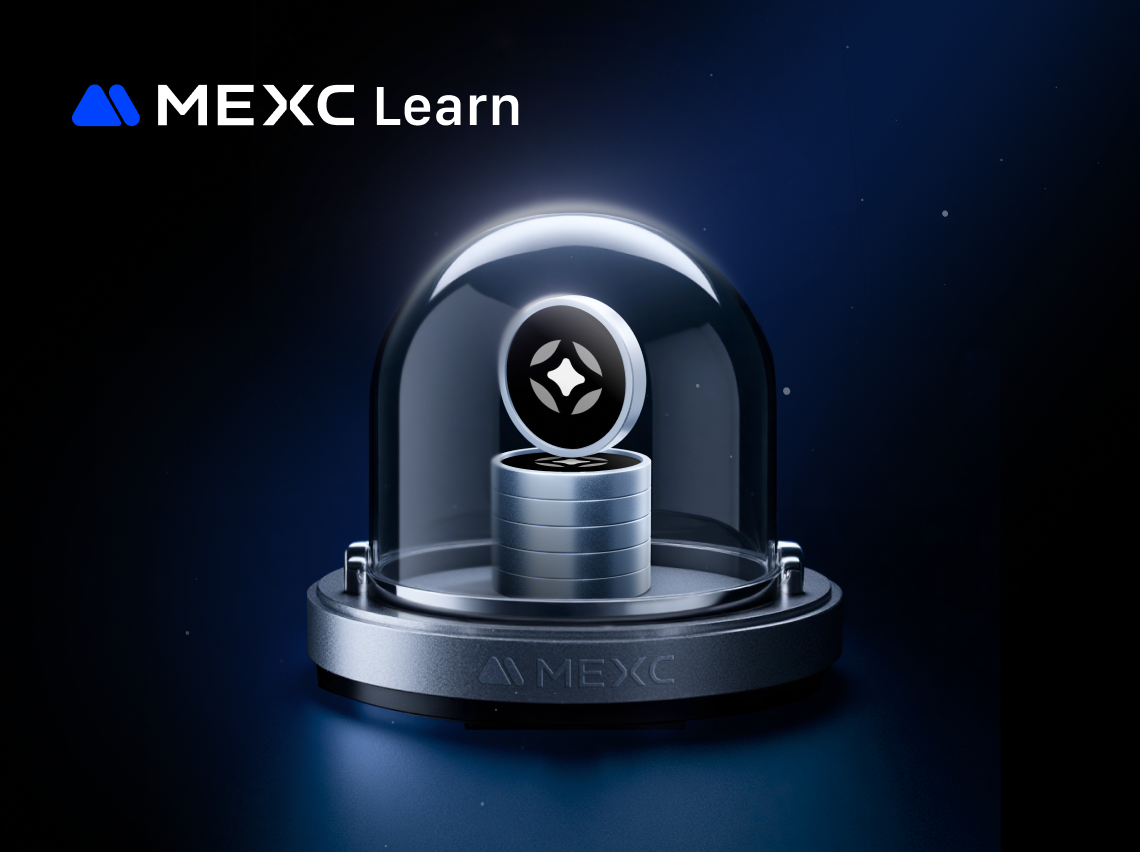
Can Stargate (STG) Regain Price Momentum Through veSTG Incentives in 2026?
As the cross-chain interoperability landscape matures in 2026, Stargate Finance (STG) finds itself at a structural crossroads following its acquisition by the LayerZero Foundation. For investors, the

Crypto Market Fear Analysis: When Sentiment Diverges from Price Action
As we settle into 2026, it is valuable to look back at the "Extreme Fear" episode of late December 2025. During that period, market sentiment and price action disconnected significantly. In this revie

Solana vs. Ethereum L2s: 2026 Fundamental Analysis (TVL, Revenue & Stablecoins)
Key Takeaways (Executive Summary)The Capital Split: DeFi TVL is neck-and-neck (Solana $9.2B vs. Major L2 Basket $9.05B), but Ethereum L2s dominate in broad secured assets ($40.5B TVS).The Revenue Flip
Hot Crypto Updates
View More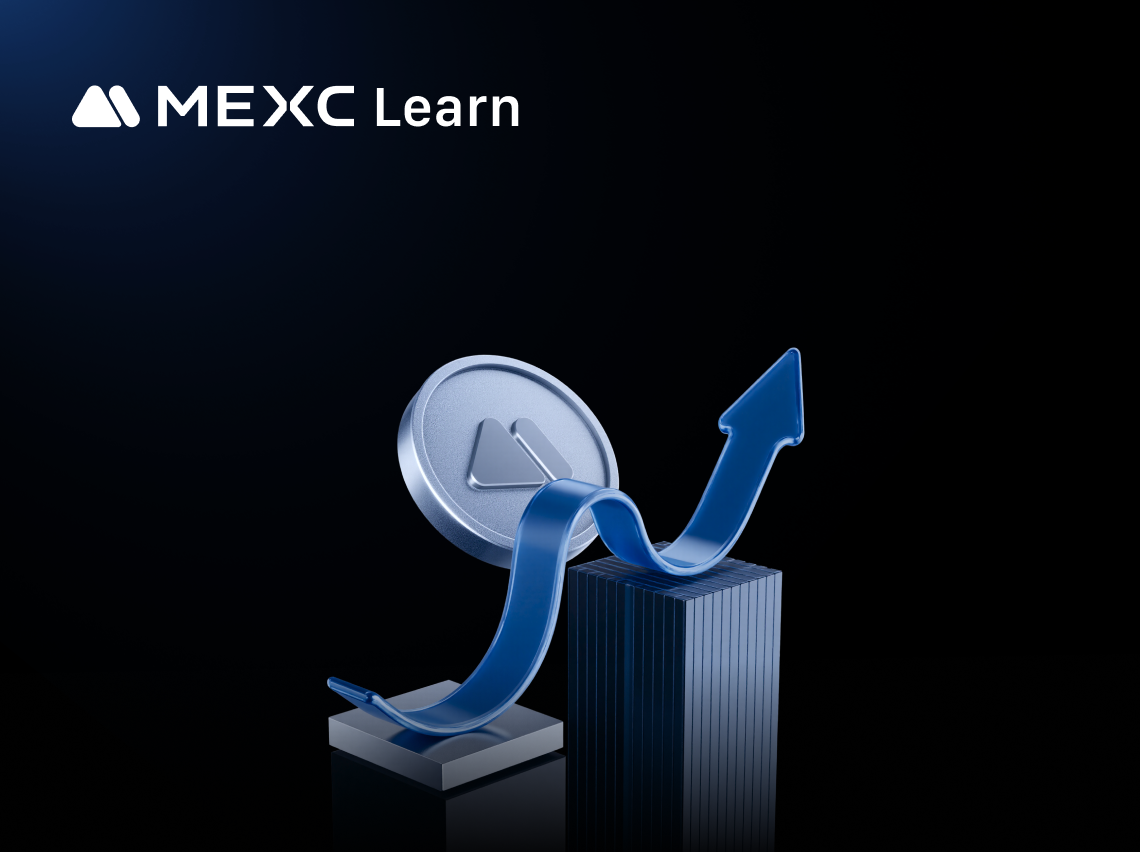
2026 World Cup Meets Web3: How Jable (JAB) Uses Football AI to Redefine Match Predictions
Explore how Jable (JAB) combines Football AI and Web3 technology to revolutionize football predictions. Learn how AIMVerse football metaverse enables regular fans to predict 2026 World Cup matches
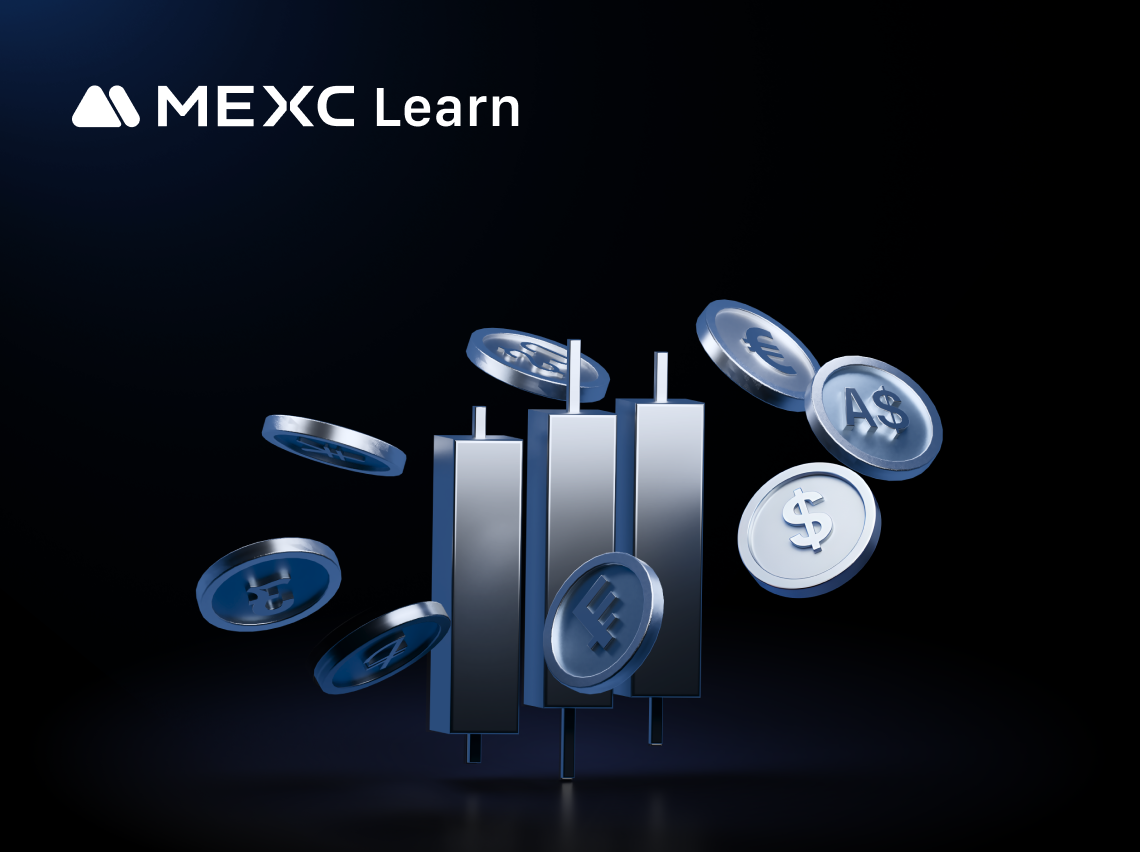
Ralph Wiggum (RALPH) Spot Trading Guide for Beginners
Spot trading represents the most straightforward way to buy and sell cryptocurrencies like Ralph Wiggum (RALPH) at current market prices. Unlike futures or derivatives trading, spot trading involves
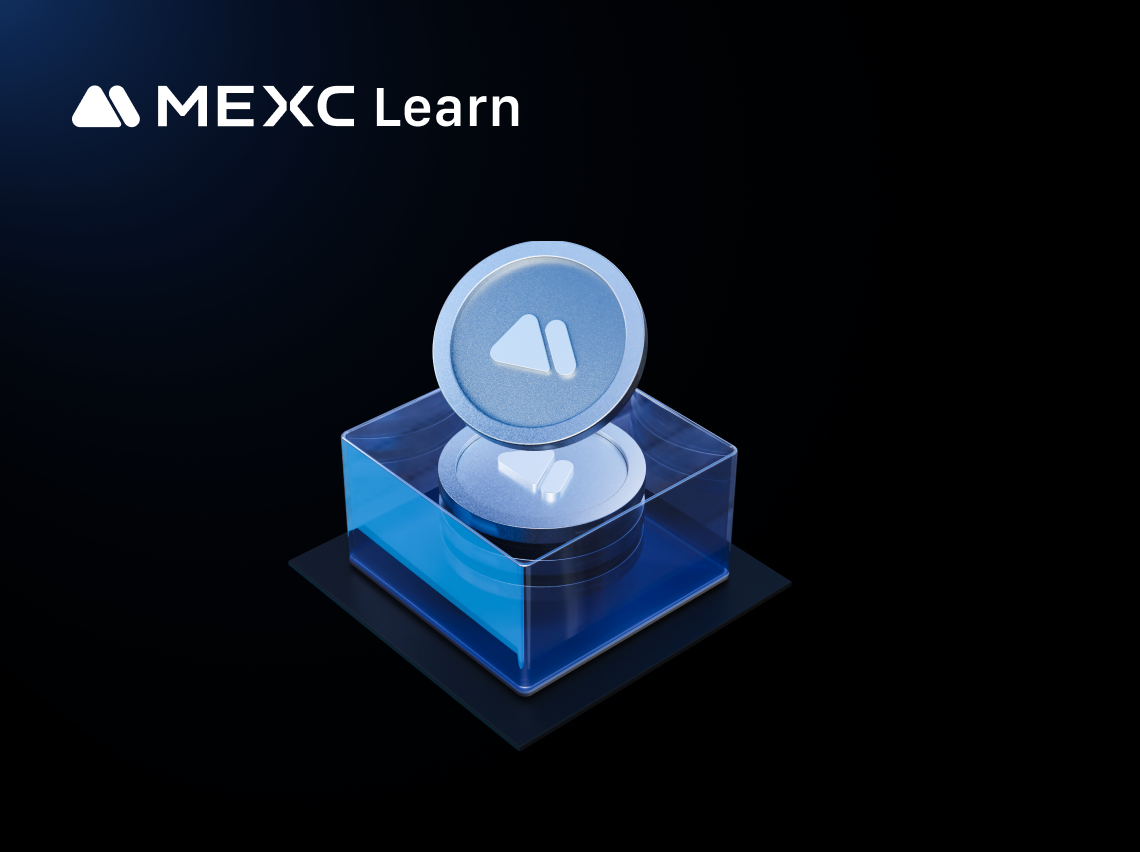
114514 (114514) Spot Trading Guide for Beginners
Spot trading represents the most straightforward way to buy and sell cryptocurrencies like 114514 (114514) at current market prices. Unlike futures or derivatives trading, spot trading involves
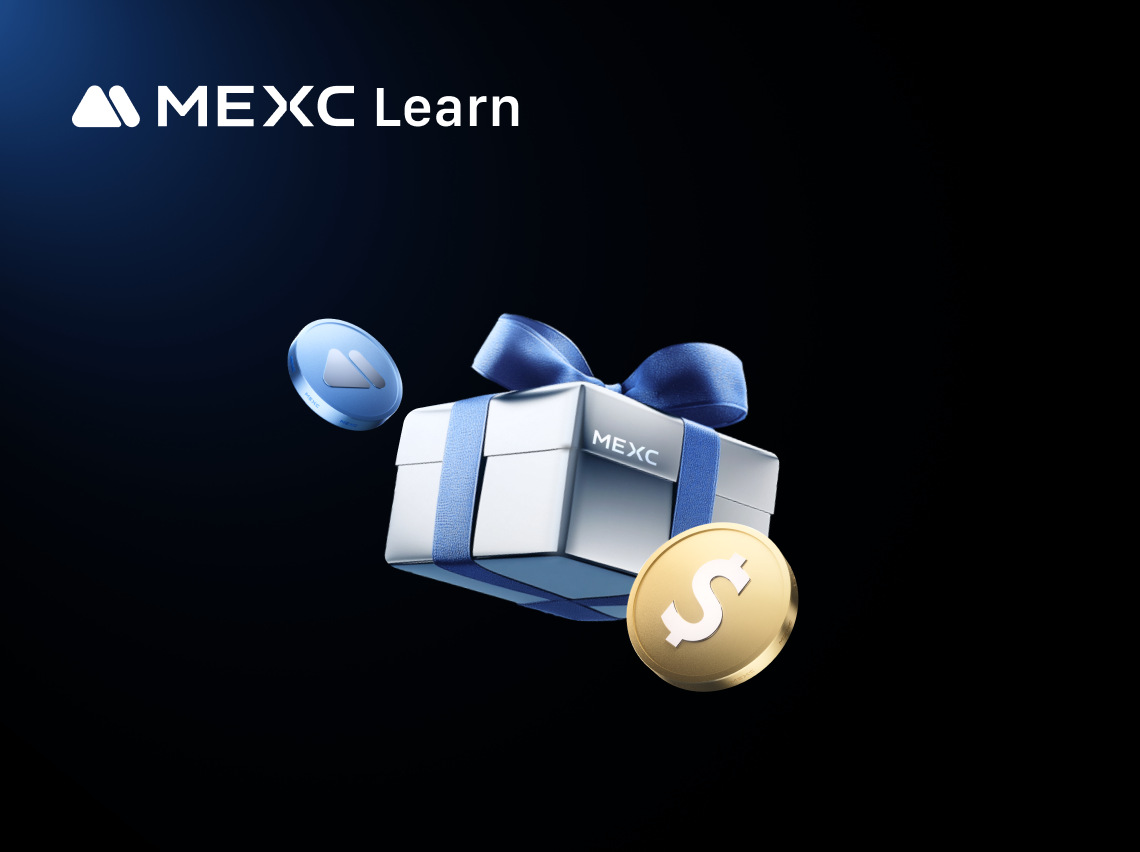
人生K线 (人生K线) Spot Trading Guide for Beginners
Spot trading represents the most straightforward way to buy and sell cryptocurrencies like 人生K线 (人生K线) at current market prices. Unlike futures or derivatives trading, spot trading involves immediate
Trending News
View More
Smart Money Habits Every Young Professional Should Follow
It is a great thing to be starting your career, but it may seem daunting to manage your finances as a young professional. A combination of student loans, housing

Top Low-Cost SMS Gateway Providers: Best SMS Modem Providers and Recommendations for 2026
Introduction In 2026, the field of SMS communications keeps changing. However, one fact stays obvious: companies depend a lot on solid, hardware-focused SMS systems

Toku revolutionizes stablecoin payments on Polygon:
The post Toku revolutionizes stablecoin payments on Polygon: appeared on BitcoinEthereumNews.com. Toku, a leading platform in global compliance for token payments

Source Capital Provides Update on Discount Management Program and Private Credit Investments and Announces Q4 Webcast
LOS ANGELES–(BUSINESS WIRE)–The Board of Trustees of Source Capital (NYSE: SOR) (the “Fund”), today announced that for the Fund’s Discount Management Program (the
Related Articles
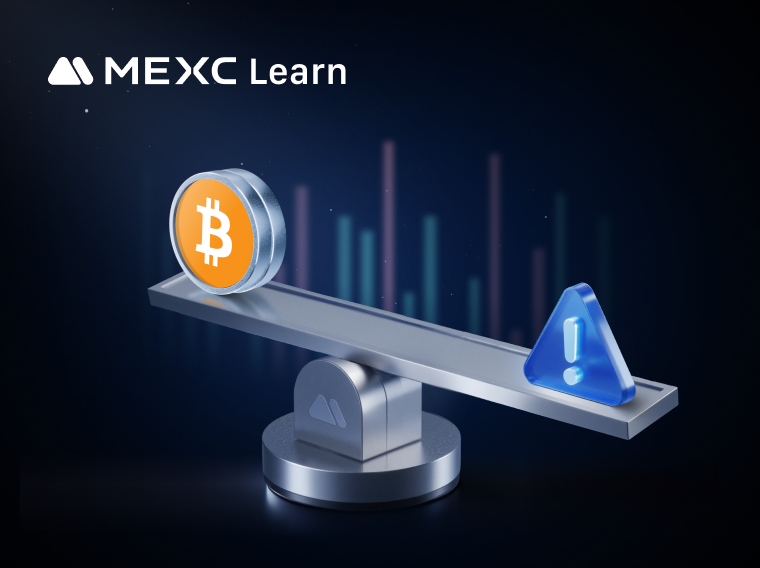
What Is Liquidation? A Complete Guide to Its Mechanism, Price Calculation, and Risk Management
1. What Is Liquidation (Margin Call)? When Does It Most Often Occur? Forced liquidation happens when an account's maintenance margin rate falls below the platform's requirement, prompting the trading
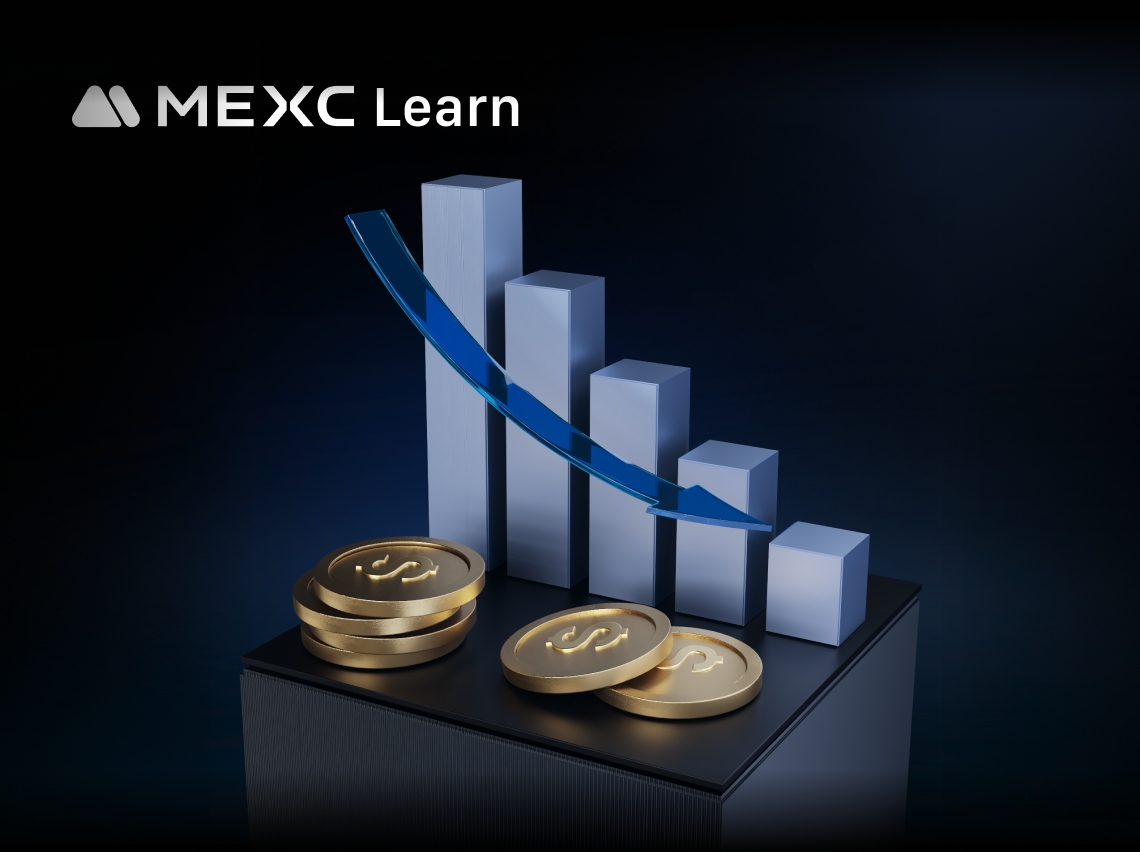
What is the Auto-Deleveraging (ADL) Mechanism? A Critical Risk Management Safeguard for Futures Traders
In the cryptocurrency derivatives market, particularly inleveraged futures trading, systemic risks from market volatility are ever-present. To ensure platform stability during extreme market condition
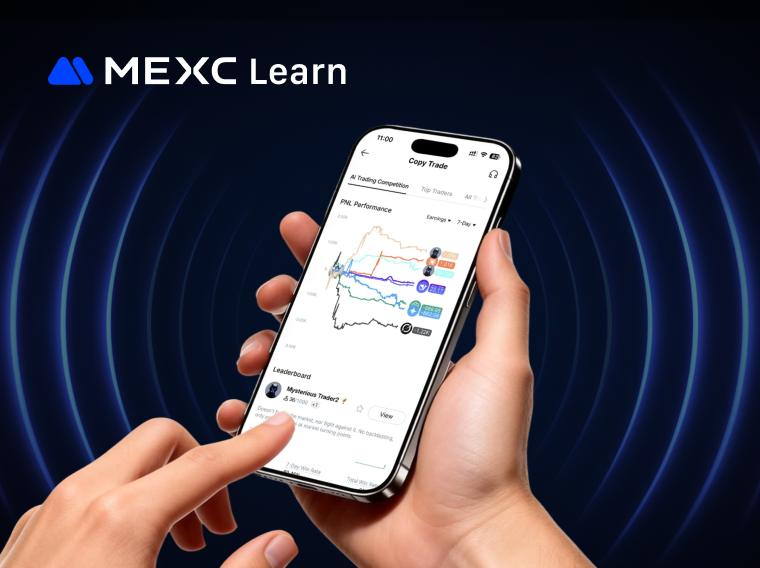
What Is MEXC AI Model Copy Trade?
1. What Is AI Model Copy Trade?AI Model Copy Trade is an intelligent Copy Trade feature launched by MEXC that enables you to effortlessly follow AI models for automated trading.The MEXC platform showc
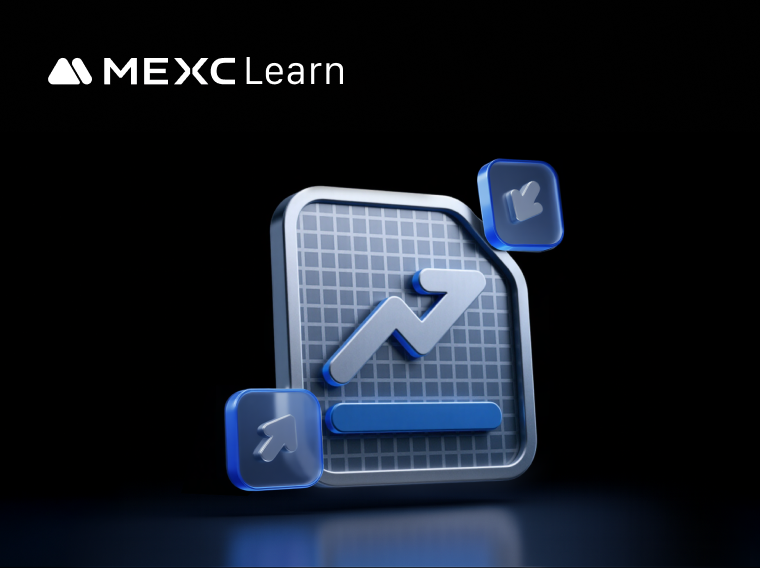
What Are Prediction Futures?
Cryptocurrency futures trading attracts countless investors with its high leverage and the ability to profit in both rising and falling markets. However, its complex mechanisms such as margin, leverag
